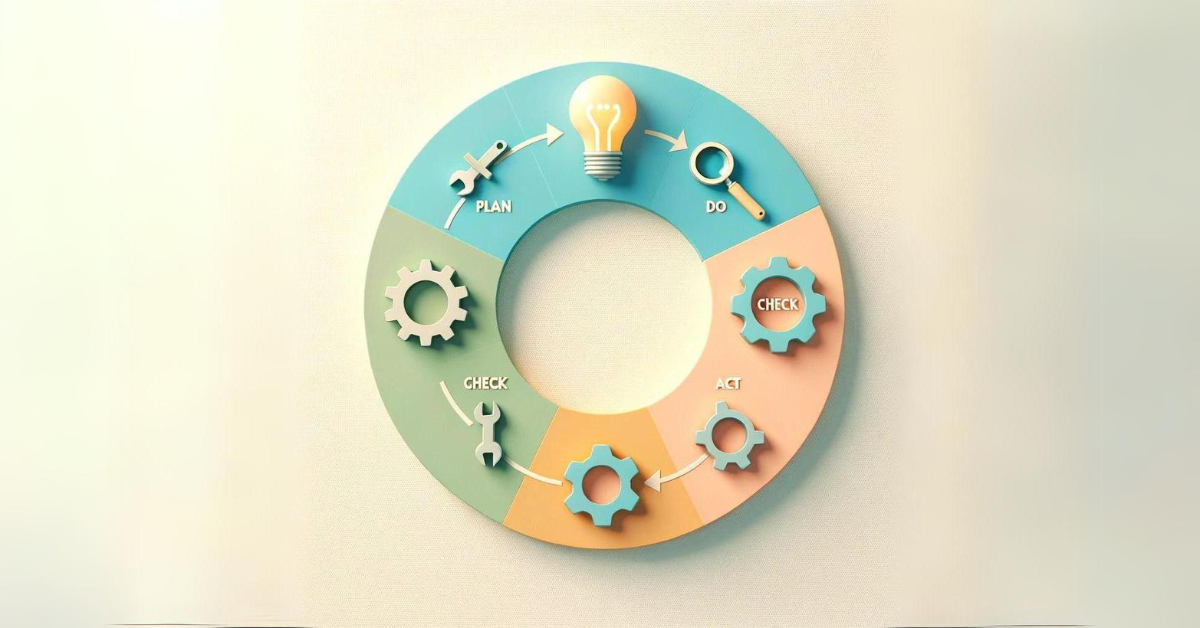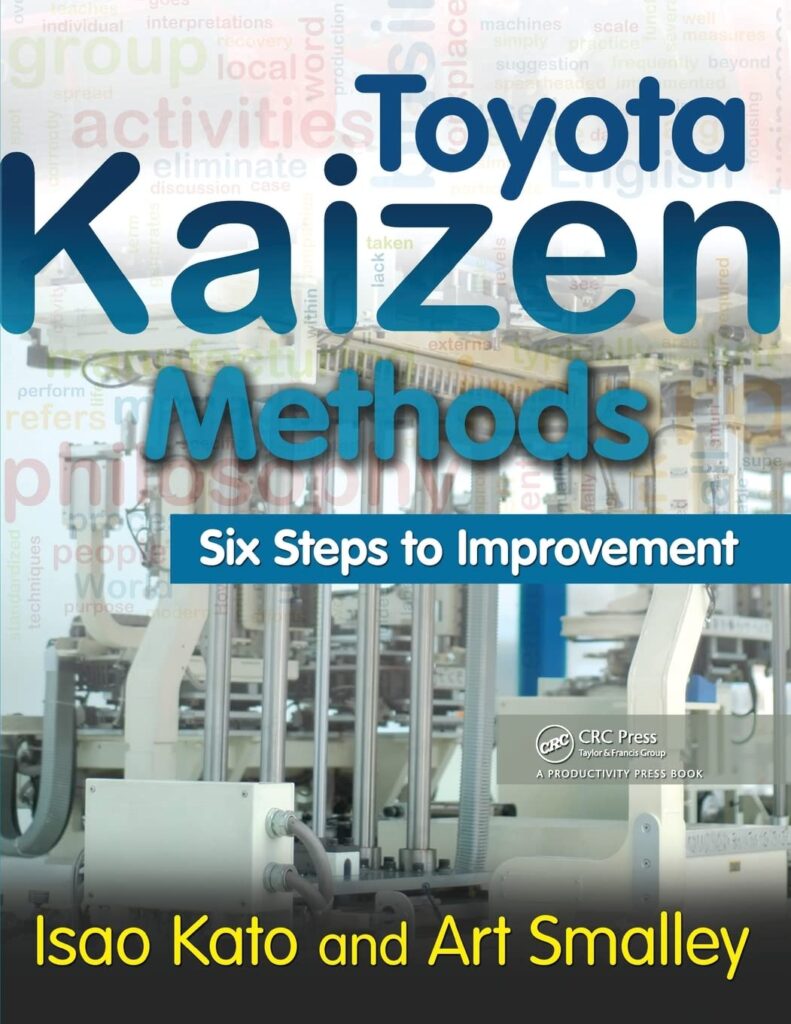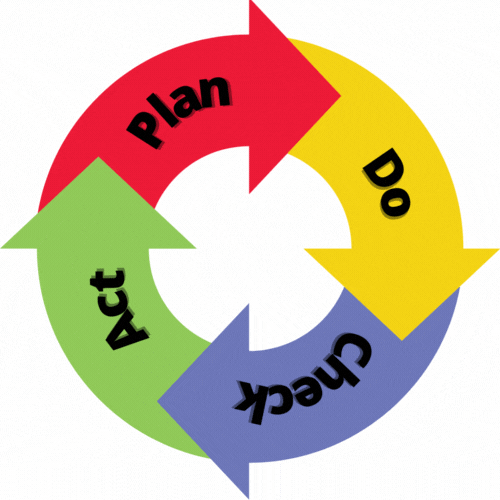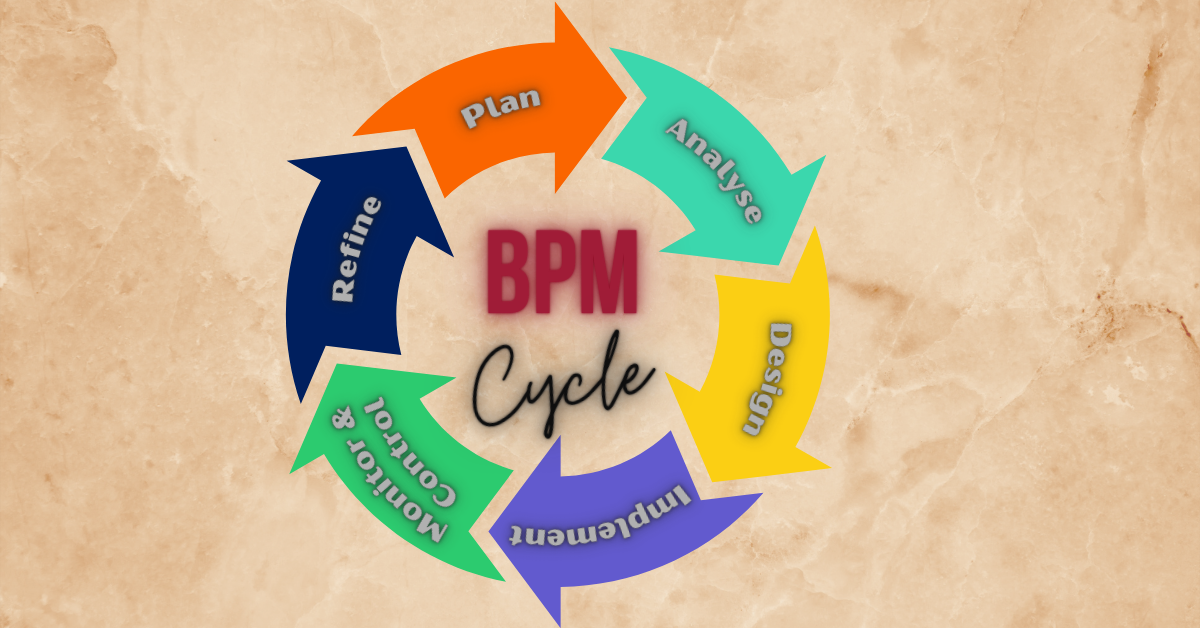
Accelerating Success: Mastering BPM with PDCA and Kaizen for Business Excellence
Business process management (BPM) isn’t just a trendy term; it’s a holistic approach to making an organization’s workflow more effective, more efficient, and more capable of adapting to an ever-changing environment. It’s a way of examining the processes that are currently in place and finding ways to improve them.
An important concept in BPM is the PDCA cycle, which stands for Plan-Do-Check-Act. It’s a methodical cycle for continuous improvement, conceptualized by Dr. W. Edwards Deming. The cycle involves planning a change aimed at improvement, executing the change, checking whether it leads to improvement, and acting based on what was learned.

Deeply connected to the PDCA cycle is the Kaizen philosophy, a term that translates from Japanese as ‘change for the better’ or ‘continuous improvement.’ This philosophy emerged from Toyota’s post-war manufacturing processes and focuses on the idea that small, ongoing positive changes can bring significant improvements.

Both Deming’s and Toyota’s philosophies converge in BPM: the constant quest for perfection in processes.
Now, let’s translate these concepts into added value for professionals. Understanding BPM, the PDCA cycle, and Kaizen equips professionals with the tools to instigate change within their organizations — leading to cost savings, increased efficiency, and a robust competitive margin. In essence, these principles are not just about keeping a business running; they are about pushing it forward.
Let’s turn the lens on a car detailing company to illustrate how Business Process Management (BPM), the PDCA cycle, and the Kaizen philosophy can drive a business to success.

Suppose we have a car detailing company that’s been doing fairly well, but it’s looking to optimize operations to reduce costs and improve customer satisfaction. They start by diving into BPM, analyzing each step of their service — from the initial customer contact to the final handoff of the vehicle.
Here’s how they apply the PDCA cycle
Plan: The company plans to reduce the total time spent on each vehicle without compromising quality. They aim to do this by standardizing the cleaning process and using a checklist for each type of service offered.
Do: The new process is implemented on a trial period. Time-tracking tools are used to measure the impact of the standardized checklist approach.
Check: After a month, data shows a reduction in the average time spent per car. However, customer feedback reveals that there’s room for improvement in the detailing of the interiors.
Act: Based on this feedback, the company decides to provide additional training for their staff on interior detailing and adjusts the checklist to include specific interior areas.
Through continuous Kaizen, the company encourages every team member to suggest further improvements. One employee’s suggestion to rearrange the tools for better ergonomics leads to a more efficient detailing process.
By adopting these principles, the car detailing company sees a reduction in operational costs and a boost in customer satisfaction. They deliver faster service and better quality, that results in an increase in returning customers and recommendations through word-of-mouth.
Enhancing Value with the PDCA Cycle and Continuous Improvement
The Association of Business Process Management Professionals (ABPMP) and its BPM Common Body of Knowledge (CBOK) emphasize a customer-centered philosophy as a core component of effective BPM. This approach aligns business processes with the needs and expectations of customers, ensuring that every process within the organization contributes to delivering maximum value.
Key Points on Customer-Centered Philosophy in BPM CBOK:
Understanding Customer Needs:
The BPM CBOK advocates for a deep understanding of customer needs and expectations. It emphasizes the importance of gathering and analyzing customer feedback to identify pain points and opportunities for improvement.
Aligning Processes with Customer Expectations:
Business processes should be designed and continually refined to meet or exceed customer expectations. This means not just focusing on efficiency and cost reduction but also on enhancing the customer experience.
Customer Journey Mapping:
One of the techniques recommended by the BPM CBOK is customer journey mapping. This involves visualizing the customer’s interactions with the company to identify critical touchpoints and ensure a seamless and satisfying experience across all channels.
Continuous Improvement with Customer Feedback:
The CBOK emphasizes the importance of integrating customer feedback into the continuous improvement process. The PDCA (Plan-Do-Check-Act) cycle, a cornerstone of BPM, incorporates customer feedback at the “Check” stage to assess performance and make necessary adjustments.
Customer-Focused Performance Metrics:
The BPM CBOK suggests using customer-focused performance metrics such as customer satisfaction scores, Net Promoter Scores (NPS), and customer retention rates. These metrics help organizations measure the impact of their process improvements on customer satisfaction and loyalty.
Cross-Functional Collaboration:
Effective BPM requires collaboration across different functions within the organization. The BPM CBOK stresses the importance of breaking down silos to ensure that every department is aligned with the goal of delivering superior customer value.
Practical Application:
Example: Car Detailing Company
A car detailing company adopting the BPM CBOK’s customer-centered philosophy would start by thoroughly understanding what their customers value most — whether it’s the quality of the detailing, the convenience of scheduling, or the friendliness of the staff. They might conduct surveys and gather direct feedback to pinpoint specific areas for improvement.
Next, they would map the customer journey from the moment a customer considers booking a service to the follow-up after the service is completed. By identifying all the touchpoints, the company can ensure that each interaction adds value and enhances the overall experience.
Using the PDCA cycle, they would plan improvements based on customer feedback, implement these changes, check the results against customer satisfaction metrics, and act on any new insights gained.
For instance, if feedback indicates that customers want faster service without sacrificing quality, the company might streamline its internal processes, train staff on efficient techniques, and perhaps introduce new technology to speed up service delivery.
By continually focusing on the customer’s perspective and integrating their feedback into every step of the BPM process, the car detailing company not only improves operational efficiency but also builds stronger, more loyal customer relationships.
In fact, the ABPMP’s BPM CBOK provides a comprehensive framework that places the customer at the heart of process management, ensuring that businesses not only operate efficiently but also deliver exceptional value to their customers. This customer-centered approach is crucial for achieving long-term success and competitive advantage in today’s market.

Conclusion
In conclusion, the adoption of Business Process Management, guided by the systematic approach of the PDCA cycle and the continuous improvement philosophy of Kaizen, is not just a strategic choice but a transformative one. BPM is the engine of continuous improvement.
This company’s story could be yours. By taking the BPM Fast Mode course, you’ll be equipped with the skills to make such impactful changes. So, if you want to learn how to drive your business forward with the same proficiency, sign up now and shift your business into high gear.
Unlock the full potential of your business operations with our BPM Fast Mode course. Whether you’re streamlining a startup or optimizing an established company, our expert-led curriculum provides you with the tools and techniques to implement effective Business Process Management.
Harness the power of the PDCA cycle, embrace the Kaizen philosophy, and watch as each process in your operation becomes a pathway to success. Don’t let your business idle—accelerate to excellence with BPM Fast Mode. Enroll now and drive your business forward!




